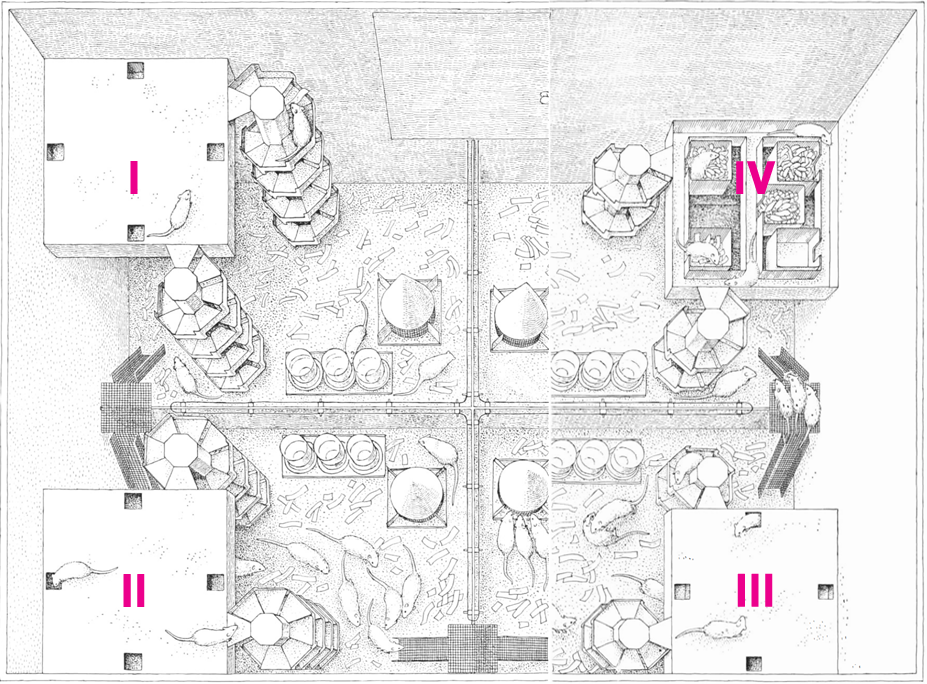

This unusual phenomenon led Calhoun to coin the phrase “Behavioural Sink” to describe what he felt was the inevitable collapse of any overpopulated society.Ĭalhoun’s experiments eventually caught the eye of the National Institute of Mental Health or NIMH who were intrigued about the observed effects of overpopulation in rodents, specifically if any of the observed phenomenon could be applied to humans. Furthermore Calhoun noticed that, again despite ample space his rodents would often crowd together, which resulted in a breakdown of social structure amongst the population. Prior to creating Universe 25, Calhoun had performed a number of similar experiments with rodents starting way back in the 1940’s, all of which ended in failure when the population either stalled or turned on itself.įor example, in one experiment Calhoun created an enclosure that could have easily housed 5000 rats but the eventual population never rose above 200 despite unlimited food, water and a complete absence of predators or threats. Calhoun eventually settled on four breeding pairs of mice specially bred for the experiment and hand-picked from the most healthy specimens from the National Institute of Health’s own breeding colony.īefore discussing what happened next we should give some background information about how this experiment came to be and what it was hoping to accomplish. Before that though, he needed to pick the proverbial Adam and Eve of his mouse Garden of Eden. Well versed in rodent populations from dozens of previous experiments (something that’s kind of apparent when you realise the enclosure was called Universe 25) Calhoun anticipated that his mouse paradise could reliably and more importantly, comfortably house 3840 mice. That means 256 boxes in total, each capable of housing fifteen mice. Four horizontal corridors opened off each stairwell, each leading to four nesting boxes. Each wall had sixteen vertical mesh tunnels-call them stairwells-soldered to it. The first 37 inches of wall was structured so the mice could climb up, but they were prevented from escaping by 17 inches of bare wall above. Containing plentiful food, water, bedding and, at least initially, space, the enclosure was described as follows:Ī tank, 101 inches square, enclosed by walls 54 inches high.

So what happened?ĭubbed “Universe 25”, Calhoun’s mouse utopia was built with the needs of its mouse inhabitants firmly in mind and was designed specifically to cater to their every whim.

Despite going out of his way to ensure the inhabitants of his perfect mouse society never wanted for anything, within 2 years virtually the entire population was dead. Calhoun built what was essentially a utopia for mice that was purpose built to satisfy their every need. In 1968, an expert on animal behaviour and population control called John B.


 0 kommentar(er)
0 kommentar(er)
